Georgia Seasons Explained
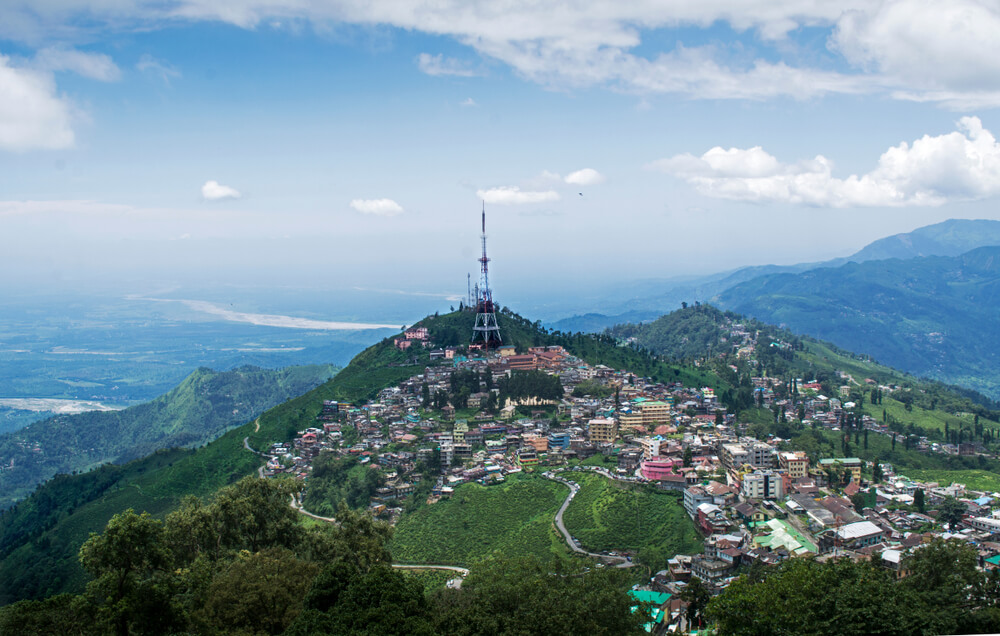
Average Temperature: The dry season in Georgia typically spans late spring through early autumn, roughly from May to September. During this time, temperatures are warm and comfortable, with averages ranging from 20°C (68°F) in...
Read more..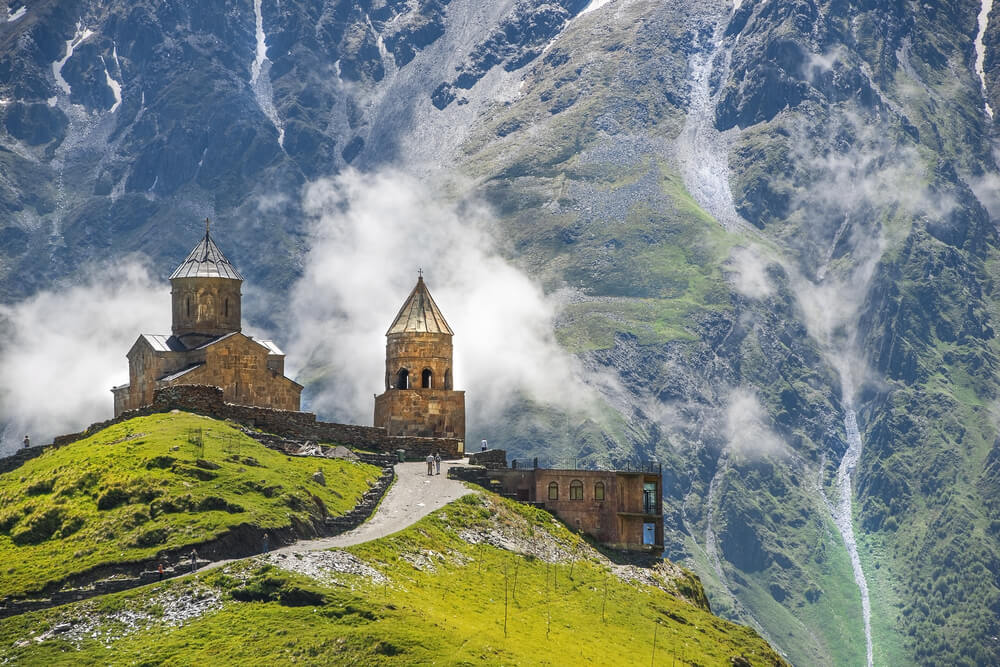
Average Temperature: The wet season generally occurs from late autumn through early spring, covering October through April. During this period, temperatures drop, especially in the mountainous regions where snowfall is common ...
Read more..Best Time to Visit Georgia by Region

Best Time to Visit: April to June and September to early November
The capital city of Georgia enjoys a relatively mild and dry continental climate. Summers (June to August) can get hot, with temperatures in Georgia reaching u...
Read more..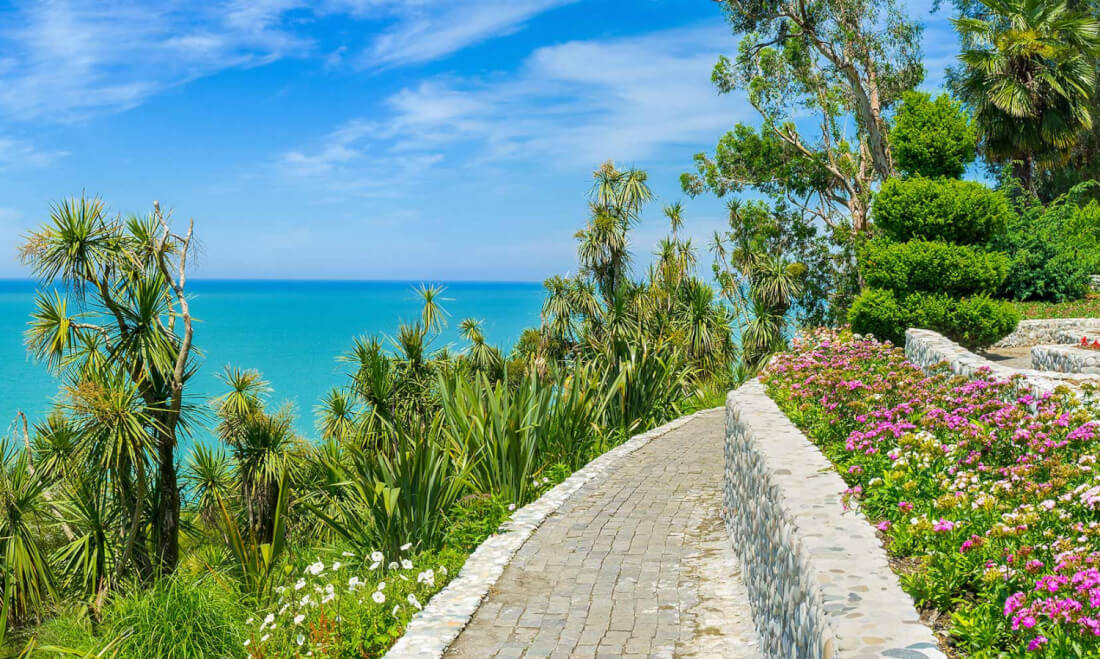
Best Time to Visit: Late May to early September
Batumi and the Black Sea coastal regions have a subtropical climate with high humidity and frequent rain, especially outside of summer. Summer is the most popular time, when the...
Read more..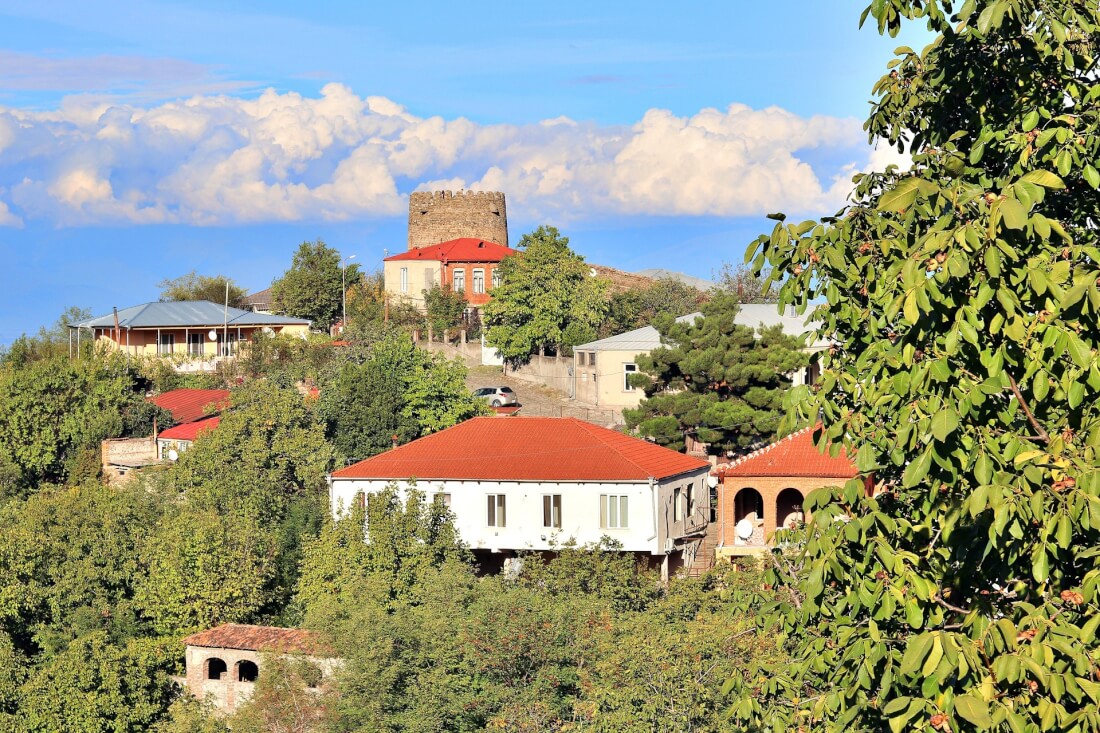
Best Time to Visit: September to October and late April to June
Kakheti, Georgia’s premier wine-producing region, is ideal to visit during the autumn harvest. The weather in Georgia here is drier and sunnier than in the west,...
Read more..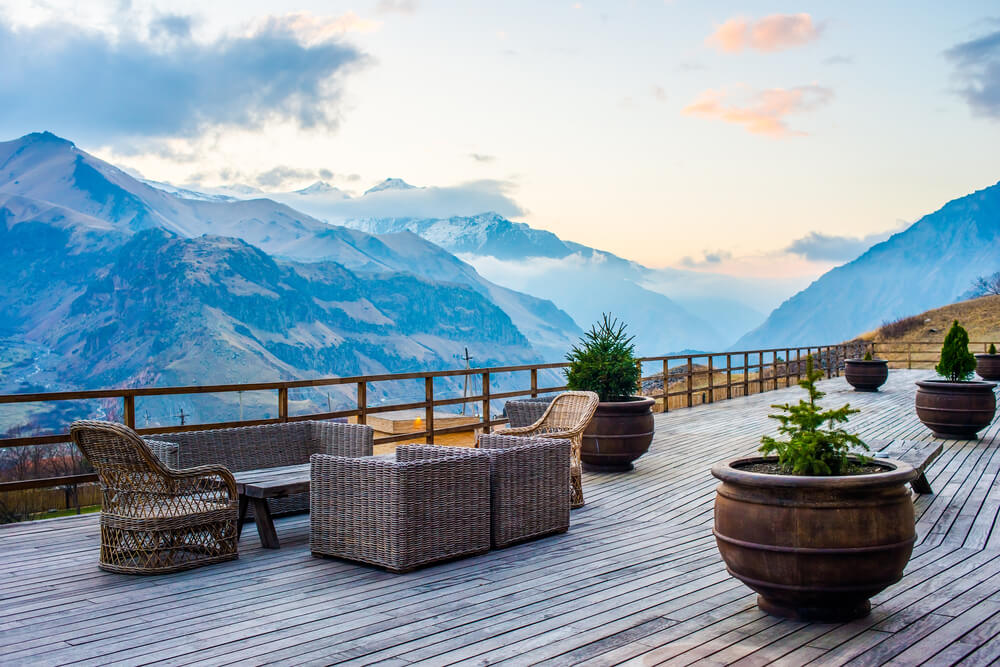
Best Time to Visit: June to September for hiking; December to February for snow sports
The Kazbegi region is one of the most picturesque in Georgia, with stunning views of the Caucasus Mountains. Due to its elevation, the tem...
Read more..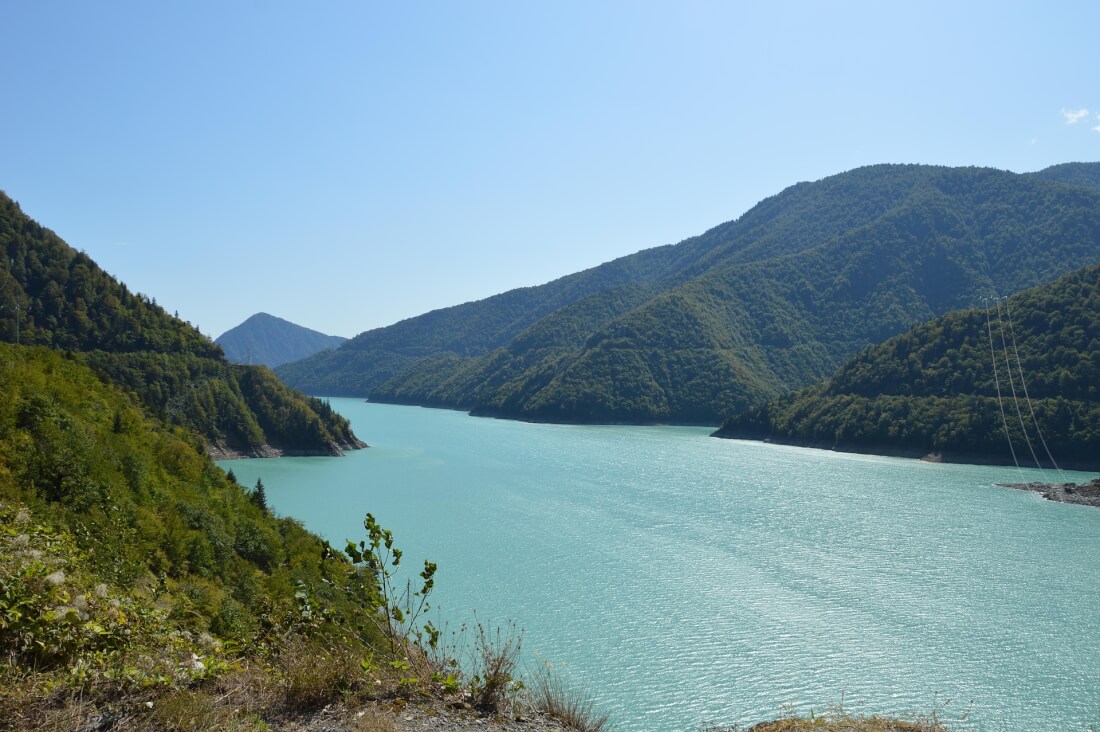
Best Time to Visit: July to September
Svaneti is a high-mountain region known for its mediaeval towers and hiking trails. The region has alpine weather, meaning cooler temperatures year-round and heavy snowfall in winter.
...Read more..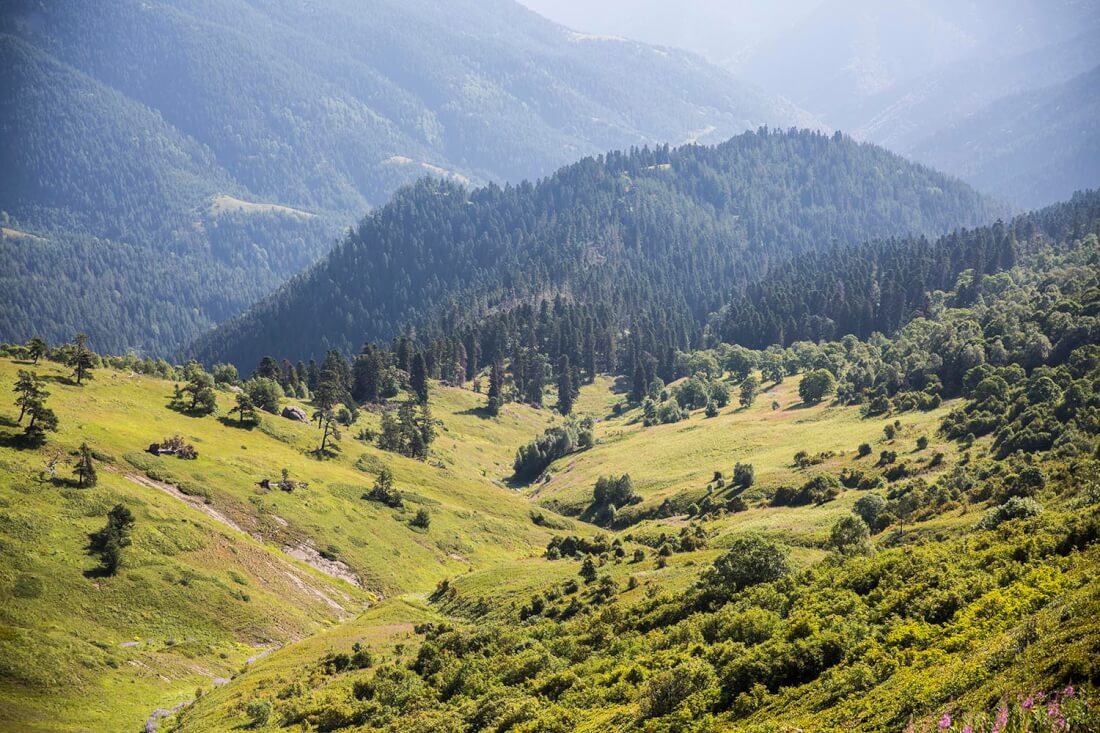
Best Time to Visit: May to October
Borjomi is famous for its mineral water and lush national parks. The weather in Georgia here is mild, making it a good year-round destination, although spring and fall are ideal for nature w...
Read more..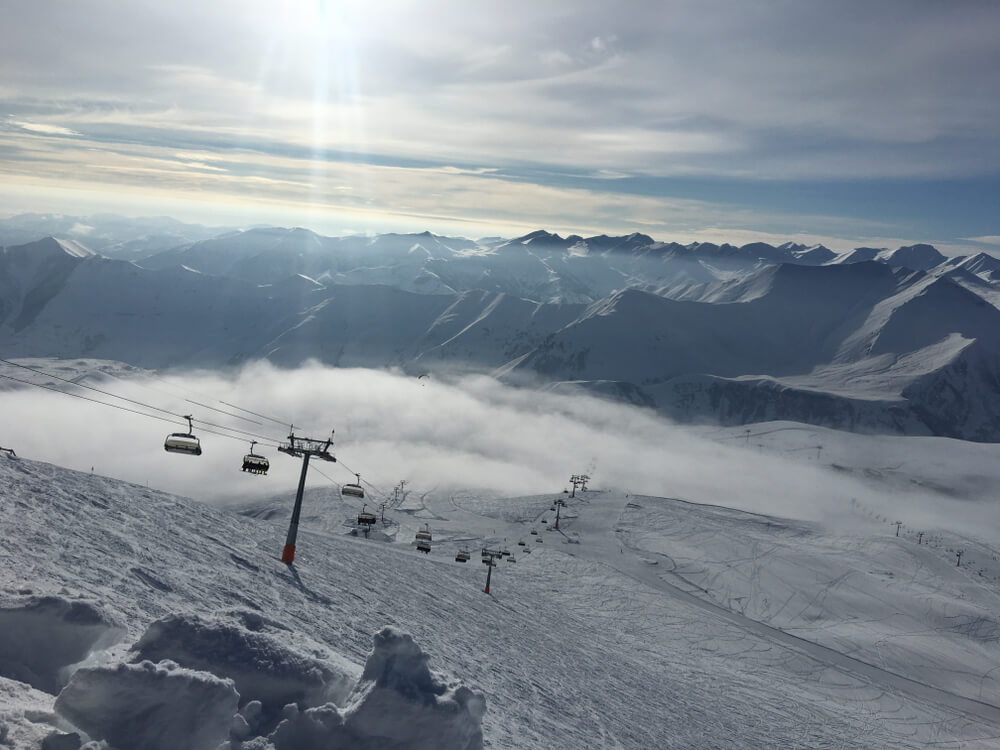
Best Time to Visit: December to March
If you’re visiting Georgia for skiing, Gudauri and Bakuriani are your top destinations. These resorts boast long snow seasons and reliable powder.
- Winter temperatures can range...
Month-by-Month Weather Guide For Georgia

January is one of the coldest months across Georgia. In lowland areas like Tbilisi, daytime highs hover around 4 to 8°C (39 to 46°F), with lows near or below freezing. Snow is common in the mountains and highlands. Along the Black Sea coast (e.g., ...
Read more..
February remains cold, though gradually less extreme. In Tbilisi, average temperatures climb to 5 to 9°C (41 to 48°F). Snow is still possible, especially in high altitudes. Rainfall increases in western coastal zones. The temperature in Georgia beg...
Read more..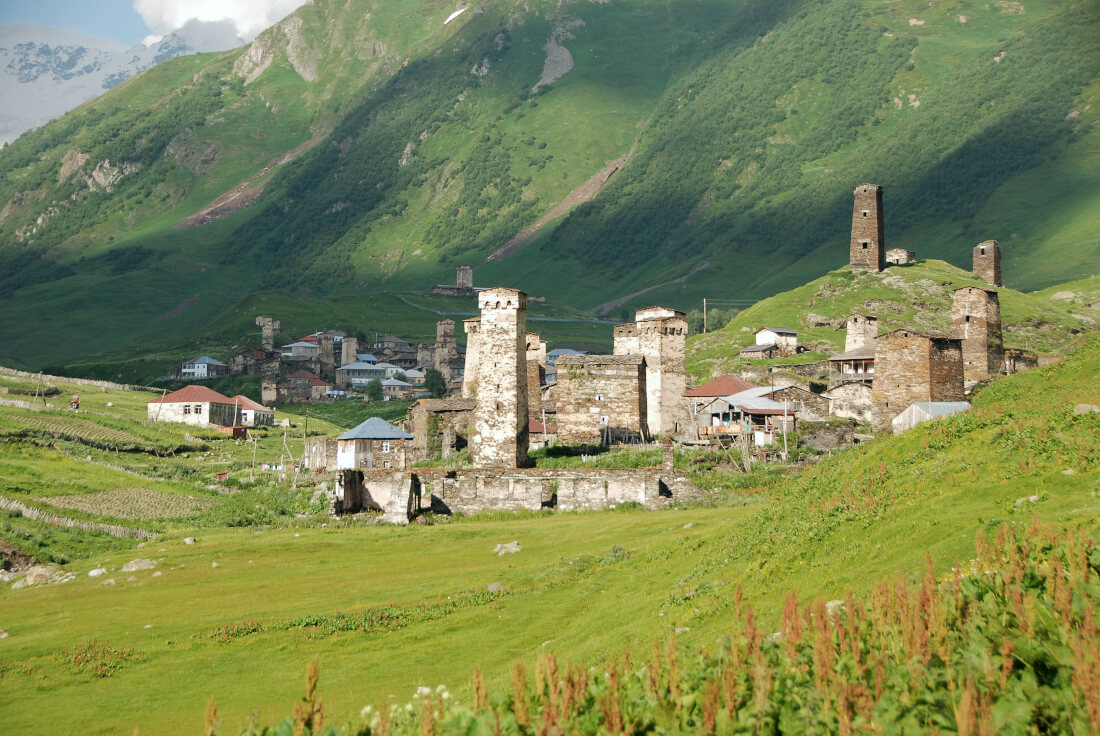
March marks the beginning of spring. Daytime highs in Tbilisi reach ~12 to 14°C, with lows around 3 to 5°C. Snow recedes, though occasional snowfall can linger in higher elevations. Rain becomes more common, especially in western Georgia. The weath...
Read more..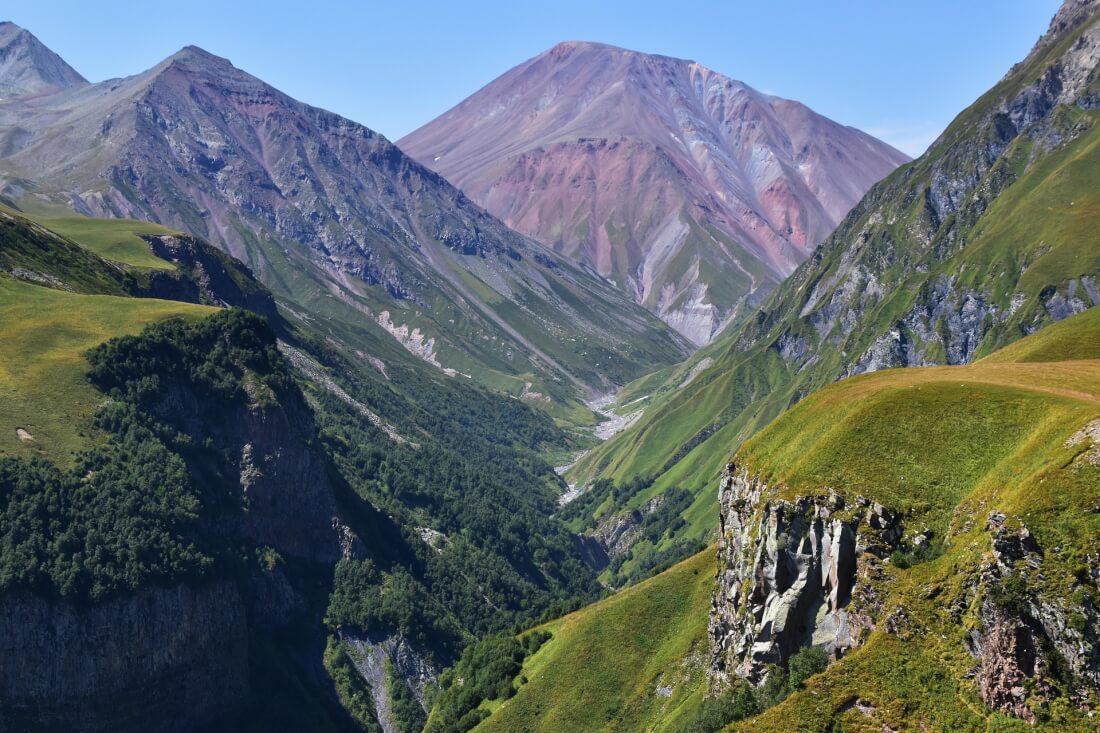
Spring is in full swing by April. Tbilisi sees average highs near 18 to 19°C and lows around 8 to 10°C. Rainfall increases, particularly in mid- and late-April. Western Georgia sees more frequent storms. The temperature in Georgia steadily rises, t...
Read more..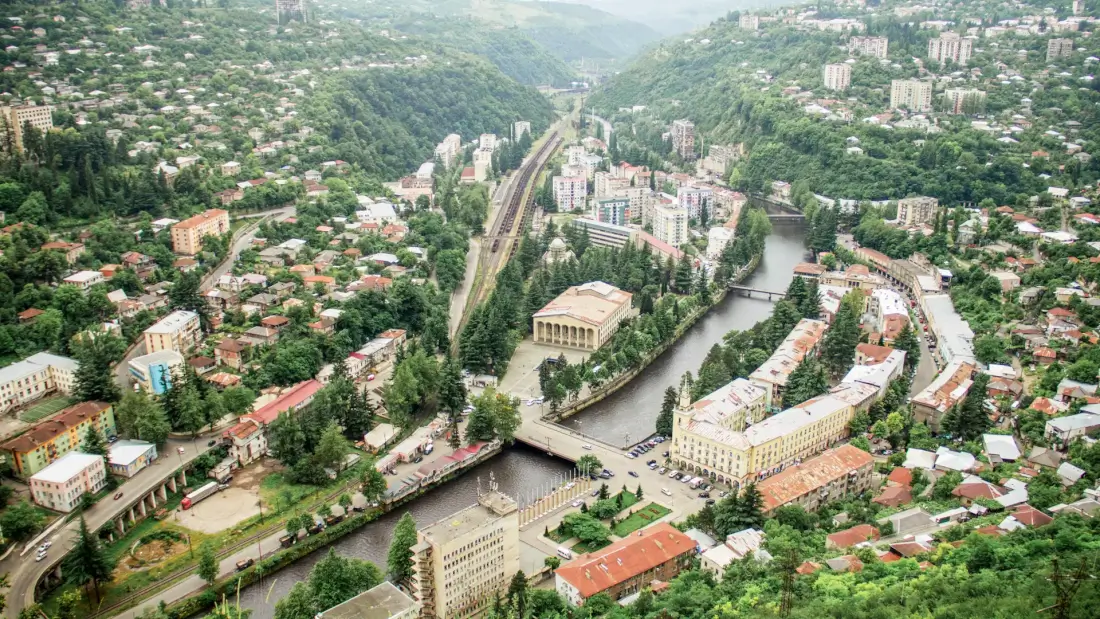
May often presents some of the best weather in Georgia. In Tbilisi, highs reach ~23 to 24 °C, with lows around 12 to 13 °C. Rainfall remains but is less intense compared to the spring peak. Mountains begin to green. The temperature in Georgia is qu...
Read more..
June is the start of summer. Inland areas warm up: Tbilisi sees highs of ~28 to 29°C. Mountains remain cooler. Rainfall is moderate, more during afternoons. The weather in Georgia tends to be stable and warm. The temperature in Georgia in many part...
Read more..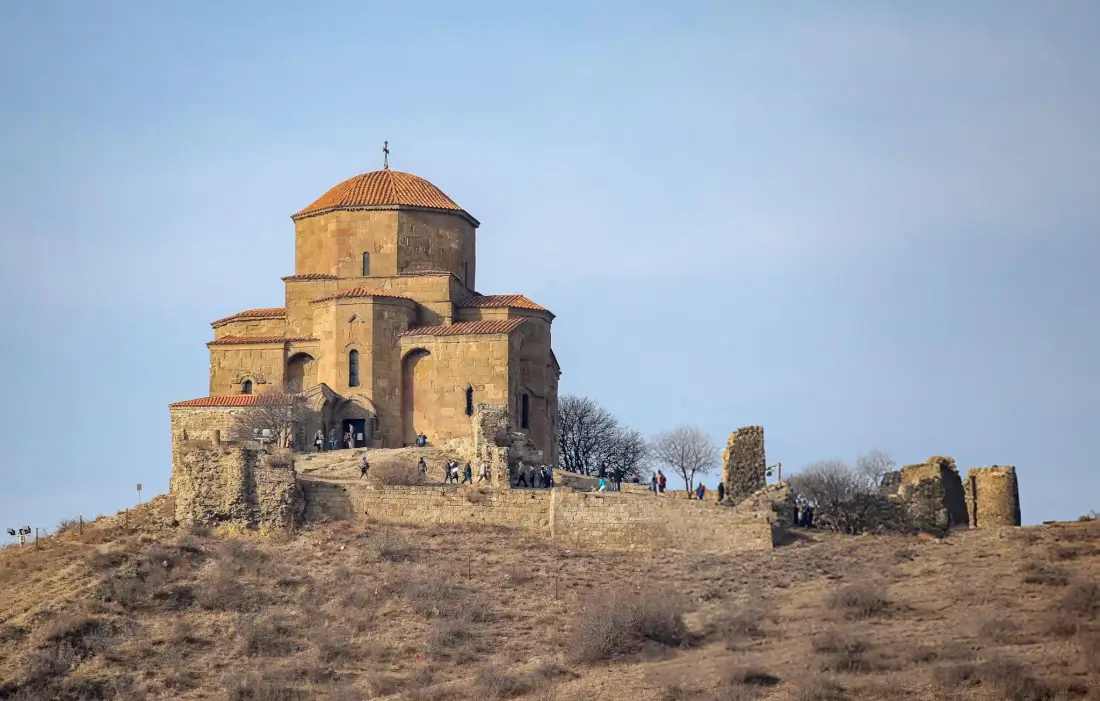
July is among the hottest months. Tbilisi often exceeds 30°C (86°F). Mountains are cooler. Rainfall declines compared to spring. Georgia's weather is characterised by heat inland and humid warmth along the coast. Temperature in Georgia peaks in som...
Read more..
August remains very warm. Tbilisi sees average highs of ~31 to 32°C, sometimes more. Mountains are still cooler. Georgia’s temperature stays elevated, especially inland, but afternoons may bring occasional thunderstorms. The weather in Georgia is h...
Read more..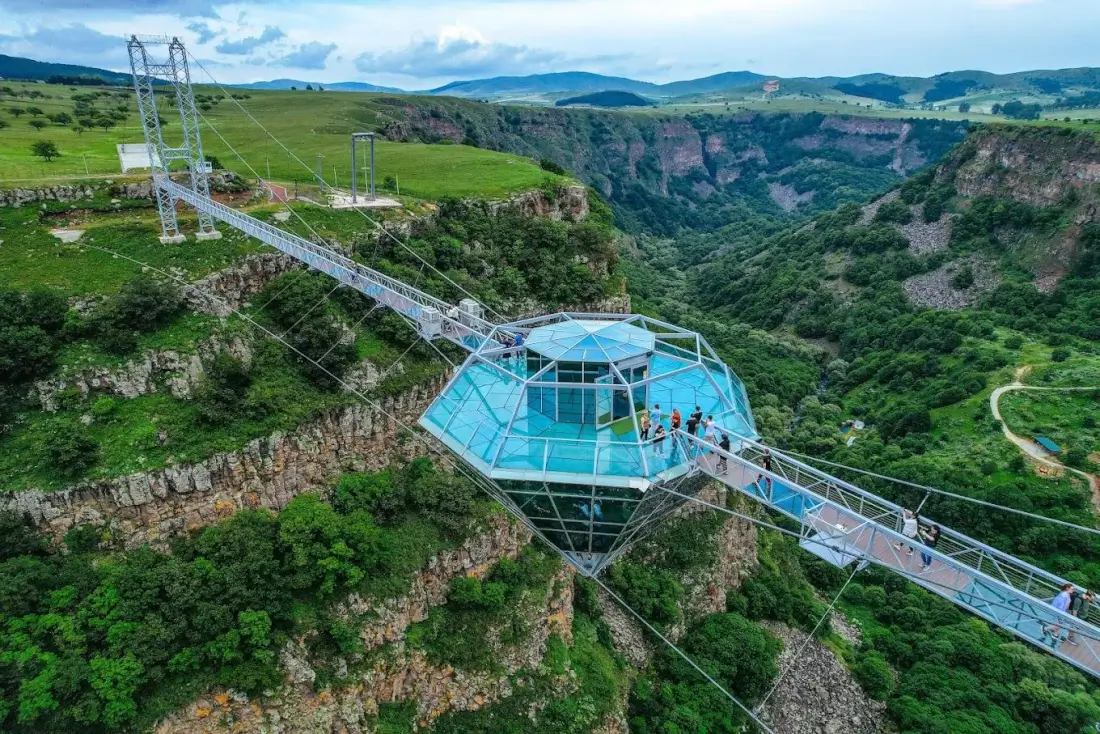
As autumn begins, September is often considered one of the best months. Tbilisi sees highs of ~25 to 27°C and lows of ~13 to 15°C. Rainfall is moderate. The heat eases. The weather in Georgia becomes more temperate, and the temperature in Georgia m...
Read more..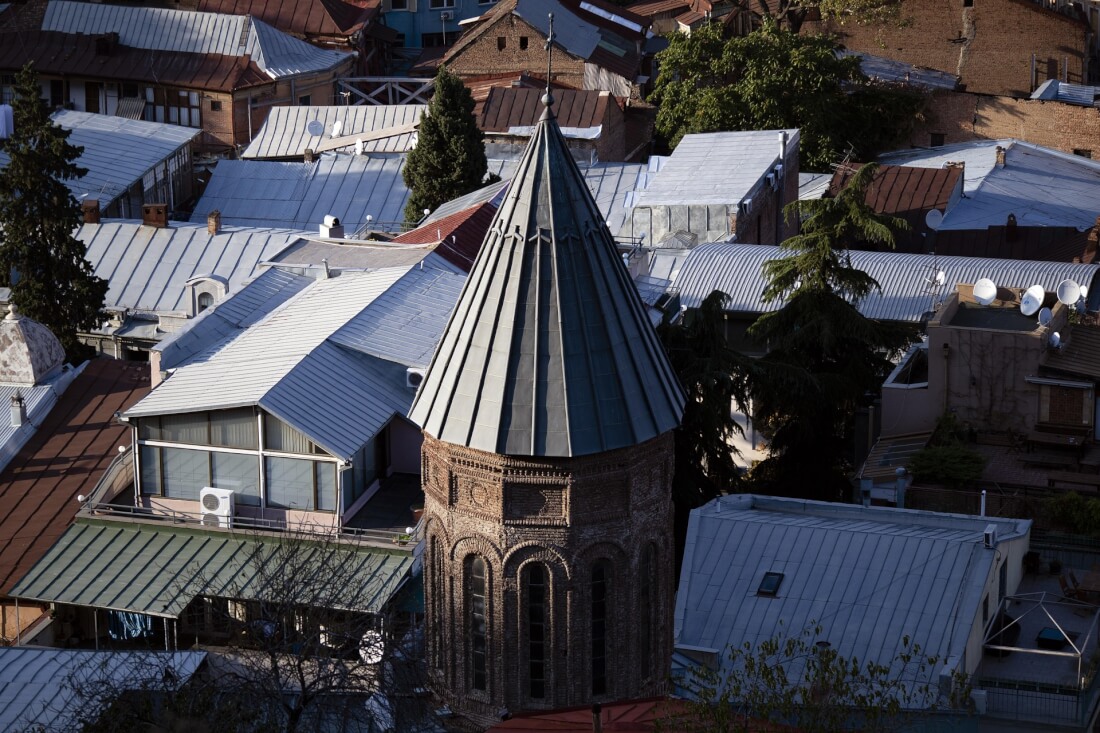
Autumn deepens. Tbilisi highs are ~20 to 21 °C, and lows are ~10 to 12 °C. Rainfall increases, especially in western Georgia. Mountains may see the first snows. The weather in Georgia becomes cooler, and the temperature in Georgia drops.
Read more..
November is often cold and wet. In Tbilisi, average highs are ~13°C, and lows are ~5 to 7°C. Rain increases, and cloud cover is frequent. The mountains are becoming increasingly snowbound. The temperature in Georgia is quite cool, and the weather b...
Read more..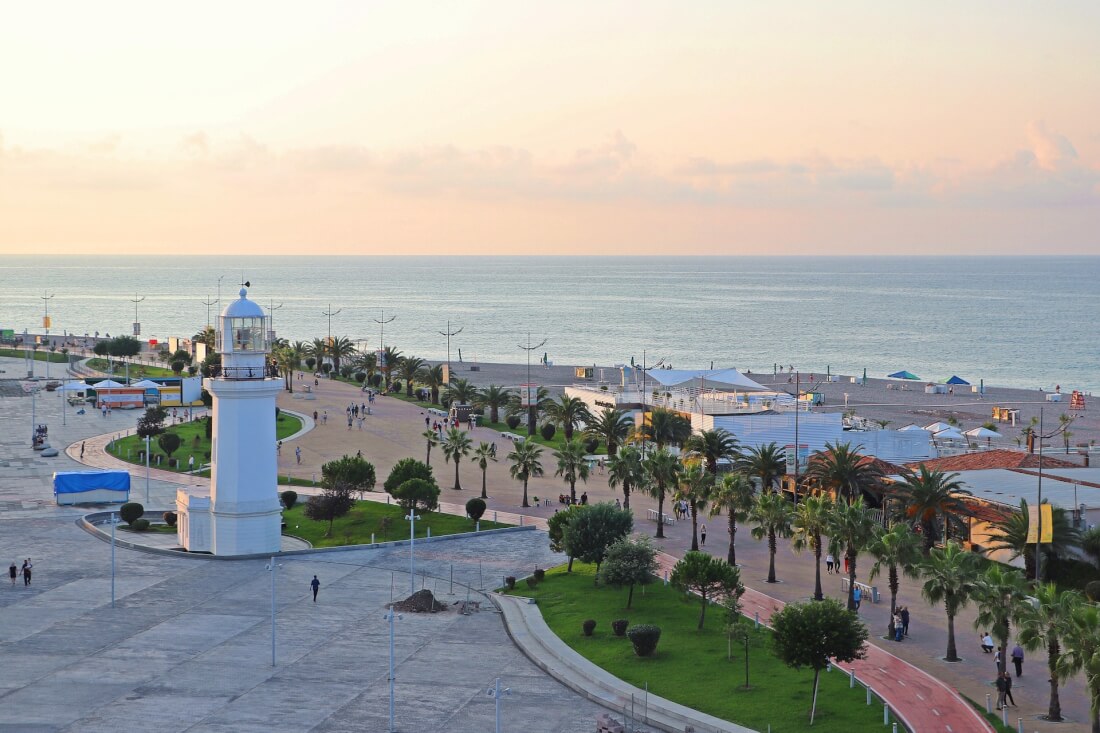
December ushers in winter fully. Tbilisi highs are around 8°C, with lows around 1 to 3°C. Mountains are snowy and cold. The temperature in Georgia is low, and the weather is wintery, especially in interior and alpine zones. Coastal zones fare milde...
Read more..Frequently Asked Questions (FAQs)
The best month to visit Georgia is typically May or October, when the weather is mild and the landscapes are at their most vibrant. Spring brings blooming flowers and comfortable temperatures, while autumn offers colourful foliage and a harvest atmosphere, especially in wine regions like Kakheti. These months provide ideal conditions for sightseeing, hiking, and exploring cities like Tbilisi and Batumi without the summer crowds. During these times, the weather in Georgia is pleasant and varied from warm days to cool evenings, making it perfect for travellers seeking both adventure and relaxation in this diverse and beautiful country.
Yes, it does snow in Georgia, especially in the mountainous regions such as the Caucasus during the winter months from December to February. Areas like Gudauri, Bakuriani, and Mestia are popular for skiing and snowboarding due to their reliable snowfall. While Tbilisi and other lowland cities may experience occasional snow, it is usually light and doesn’t last long. The weather in Georgia varies by region, with colder temperatures and heavier snow in the north. Winter is a great time to visit if you enjoy winter sports or want to experience the scenic beauty of snow-covered Georgian landscapes.
The coldest month in Georgia is typically January, when temperatures drop significantly, especially in the mountainous regions. In areas like Gudauri or Kazbegi, temperatures can fall well below freezing, making them ideal for winter sports. In Tbilisi and other lowland cities, January brings chilly weather, with average temperatures ranging from -1°C to 5°C. Snow is common in the mountains but less frequent in urban areas. The weather in Georgia during January is cold and crisp, with shorter days and a serene winter atmosphere. It’s a great time to enjoy cosy indoor experiences and the country's famous hot sulphur baths.
Yes, Georgia is visa-free for Indian citizens who hold a valid visa or residence permit from countries like the USA, UK, Schengen states, Canada, Australia, or a valid GCC residency. In such cases, Indians can enter Georgia without a separate Georgian visa for up to 90 or 180 days, depending on the status. However, Indians without these documents must apply for an e-visa or a sticker visa before travel. It’s always best to check the latest visa regulations before planning your trip. While exploring visa rules, also consider the weather in Georgia to make the most of your visit.
Snowfall in Georgia typically occurs during the winter months, with January and February being the most likely times to see snow, especially in the northern parts of the state. The mountainous regions, such as those near Blue Ridge or Helen, experience more frequent and heavier snowfalls compared to the southern areas. While snow is rare in places like Atlanta, occasional light dustings can still happen. The weather in Georgia is generally mild, but cold fronts from the north can bring sudden drops in temperature, leading to winter precipitation. Always check local forecasts during winter if you're planning to travel or commute.
Georgia is generally an affordable destination for travellers, offering a range of budget-friendly options for lodging, food, and activities. Major cities like Tbilisi have reasonably priced hotels and public transportation, while rural areas tend to be even more economical. Dining out is inexpensive, with traditional Georgian meals costing far less than in many European countries. Attractions such as historical sites, scenic mountains, and cultural experiences are often low-cost or free. The weather in Georgia can also impact travel expenses; peak seasons like summer or snowy winter months might raise prices slightly, but overall, Georgia remains a cost-effective place to visit.
A trip of 7 to 10 days is usually enough to explore the highlights of Georgia. This allows time to experience the vibrant capital, Tbilisi, visit historical towns like Mtskheta, explore the wine region of Kakheti, and enjoy the mountain scenery in Kazbegi or Svaneti. If you're short on time, a 4-5 day trip can still offer a rich cultural experience. The ideal length of stay can also depend on the season, as the weather in Georgia affects accessibility to some regions. Whether you're into nature, history, or cuisine, a week provides a well-rounded experience of the country.
Yes, Georgia is absolutely worth visiting. This beautiful country offers a unique mix of ancient history, stunning landscapes, delicious cuisine, and warm hospitality. From the charming streets of Tbilisi to the breathtaking mountains of Kazbegi and the vineyards of Kakheti, there’s something for every traveller. Adventure seekers, food lovers, and culture enthusiasts alike will find plenty to enjoy. The weather in Georgia adds to its appeal, offering snowy winters for skiing and warm summers perfect for hiking or exploring the Black Sea coast. Its affordability and authenticity make Georgia a hidden gem that’s increasingly gaining international attention.
Travelling to Georgia from India is easy and convenient. The most common way is by air, with several airlines offering connecting flights from major Indian cities like Delhi, Mumbai, and Bengaluru to Tbilisi, Georgia’s capital. Popular layover cities include Doha, Dubai, and Istanbul. Indian passport holders can apply for an e-visa or enter visa-free if they hold valid visas or residence permits from certain countries like the U.S., UK, or Schengen states. It's wise to check entry requirements before booking. Also, consider the weather in Georgia when planning your trip, as it varies greatly between seasons and regions.
Georgia offers various unique souvenirs that reflect its rich culture and traditions. Popular items include Georgian wine, especially from the Kakheti region, and Chacha, a traditional grape spirit. Handmade crafts like felted wool items, ceramic dishes, and embroidered textiles make excellent gifts. Don’t miss Churchkhela, a sweet treat made from nuts and grape juice. Enamel jewellery (Minankari) and traditional Georgian spices, like Svan salt, are also beloved keepsakes. When shopping, consider the weather in Georgia, as it influences local products, like warm wool goods in the winter or lighter items in the summer. Local markets and artisan shops offer authentic finds.


